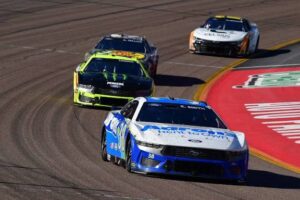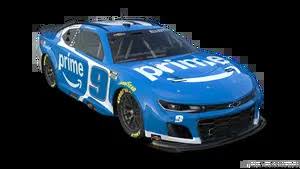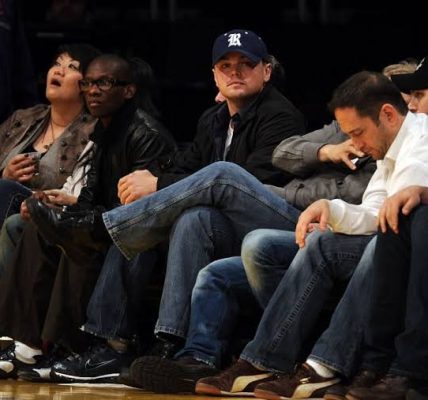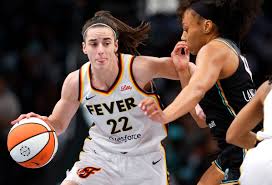Why Amazon Thinks Losing NASCAR Viewers Isn’t a Bad Thing
 Peter Casey-Imagn Images
Peter Casey-Imagn Images
Farah Ben Gamra
When Amazon Prime Video launched itself into NASCAR’s broadcasting lineup this season, aside from a new media deal, it was a test to see just how far the sport could extend into the streaming age.
For one of the world’s most valuable companies (market cap: $2.3 trillion ) this was about figuring out a whole new way people could connect with them, through the NASCAR races.
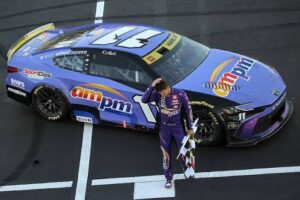
Amazon broadcast 5 Cup Series events, including that very first Mexico City race and the iconic Coca-Cola 600.
Right off the bat, it was clear that the production quality was top notch: over 70 different camera angles, mics on the pit boxes, and drone flyovers.
Fans really like the broadcast for its energy and precision, a breath of fresh air after years of pretty spotty coverage on traditional TV.
But the numbers didn’t quite live up to expectations.
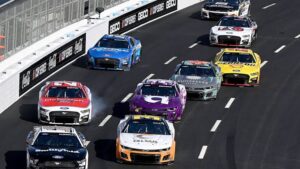
On average, Amazon’s coverage drew 2.16 million viewers, roughly 21% fewer than comparable events on FOX the year before that.
And of those viewers, it was the older crowd that tanked the most, with the 55+ demographic plummeting by around 40%.
On paper that’s a drop that’d give most networks a serious case of the jitters.
But for Amazon, that’s not how it works.
Amazone Redefining What It Means to ‘Win’ in NASCAR
 Credit: Peter Casey-Imagn Images
Credit: Peter Casey-Imagn Images
When speaking to Racing America, Alex Strand, part of Amazon Prime’s NASCAR broadcast team, about the company’s outlook he said: “If someone watches the race one week, and then they decide, hey, we’re going to go to next week’s race, and we lose a viewer because they’ve decided, it looks so awesome, they want to go to the next race, that’s a big win for us.”
